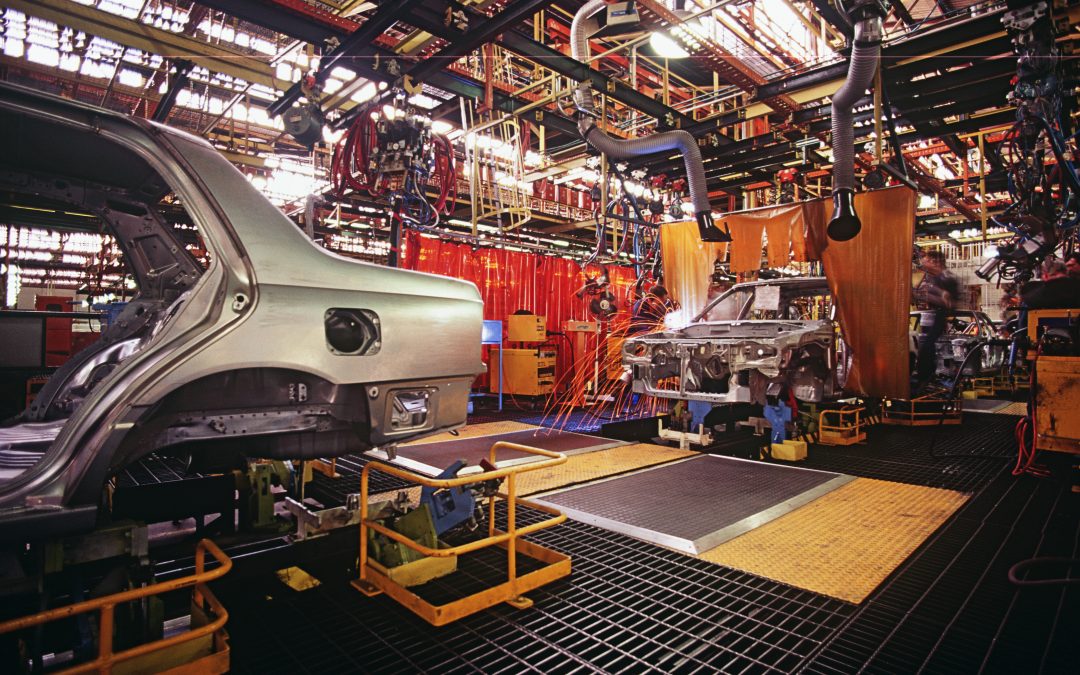Many companies today either practice or are moving to what’s known as “just-in-time” inventory management—often just called JIT. It’s the process of ordering and receiving inventory only when it’s needed. There’s no surplus of stock on hand.
Operating with these low inventory levels allows companies to lower inventory carrying costs as they increase efficiency and decrease waste. Two things have made it possible for a company of any size—from enterprise down to small business—to gain the benefits of JIT inventory management. The Toyota Motor Corporation in Japan, and computers.
Computers likely make the most sense. The ability to scan merchandise at the checkout counter so you’re aware of what’s moving out the door and what needs to be ordered has become commonplace. Inventory control this way used to require expensive and expansive computer systems. Today, you can accomplish it with a laptop and your smartphone.
Just In Time
As for Toyota, the technique of JIT inventory management is usually attributed to this Japanese automotive company. The thought process itself dates back to the end of WWII. Japanese manufacturers were feeling a crunch all around. They had access to few natural resources, there was no space for large factories and warehouses, and little cash for any kind of expansion, anyway.
The only option was to find a way to be as efficient as possible with as little as possible. Economic historians say that Toyota started its implementation of what we now know as JIT in the 1970s. It took the company more than 15 years to reach a point where the management controls worked for them. And, that’s when the rest of the world began to hear stories that one of the largest automobile manufacturers in Asia only sent out orders for parts when it received new orders from customers.
A Perfect World
As amazing and cost-effective as JIT is, there are some downright scary side-effects. Keep in mind that these are mainly on the manufacturing side of things, though. In order for Toyota to reach the JIT efficiency of only manufacturing vehicles when there’s customer demand, they have to rely on a glitch-free system. That means no assembly machine breakdowns, and completely reliable suppliers.
Because here’s what happens to JIT if there’s a disruption in the supply chain. In 1997, the company that provided a key brake valve for all Toyota vehicles had a fire. It stopped all production. The shutdown didn’t just impact Toyota. Other suppliers also had to stop manufacturing because Toyota wasn’t ordering parts from them.
The Moral of the JIT Story
Vinyl Art is not Toyota. But we do have advantages of efficiencies much like those created by their amazing JIT process. We recently invested in a state-of-the-art production machine, capable of working faster and with less waste. It’s also capable of vastly increased production speeds.
Our greatly improved production capacity means that we can reduce the turn-around on your orders. You can feel confident that your dwindling stock of products that we create for you can be quickly replenished. And, because we can produce all of the elements of your project in-house (instead of sending out to other suppliers for different components), we have greatly reduced your risks typically associated with JIT inventory.
You don’t have to be a company the size of Toyota to take advantage of the benefits our new production machinery provides. Small companies with short runs are no problem for us. We have the bandwidth to move, and move quickly—and our new machinery allows us to take on even bigger size projects. When we say we can make any size, we mean it.
Want to Learn More?
Contact the Vinyl Art Team at 800-569-1304
Rob Slattery | Executive Sales Director | robs@vinylart.wpengine.com
Tim Hitchings | Vice President | timhitchings@vinylart.wpengine.com


